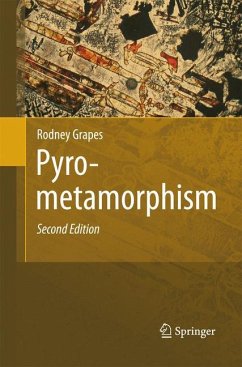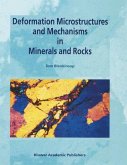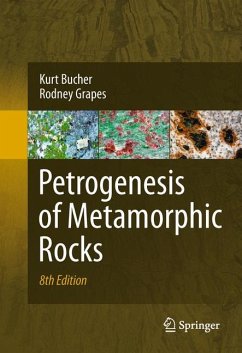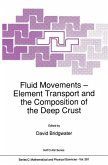With the new global tectonics approach in the Earth Sciences, the quan titative aspects of the dynamics of rock-forming processes came into focus: geologists are no longer satisfied knowing the pressure-tempera ture conditions of the formation of a metamorphic rock or of the emplace ment of a magmatic body, but instead would like to learn the time history of these rocks as well, i. e. , derive the temperature-pressure-time path and relate it to a tectonic process. To achieve this goal, a knowledge of both pressure-temperature-dependent equilibria and the time scales at which these equilibria may be attained are essential. However, the latter kinetic information is much more difficult to retrieve than that on equilibria: whereas equilibria are controlled by state variables, and proper laboratory experiments may be directly applied to equilibrium natural assemblages, kinetics also depends on factors other than state variables, such as grain size, dislocation density, and especiallytime (rate of heating, duration of annealing, rate of cooling). Extrapolation of kinetic data obtained at high temperatures on laboratory time scales to more realistic lower tempera tures and geological time scales are dangerous because, for example, of possible changes from an intrinsically controlled defect regime to an extrinsic one as temperature is lowered, or from an interface-controlled to a diffusion-controlled reaction mechanism.








